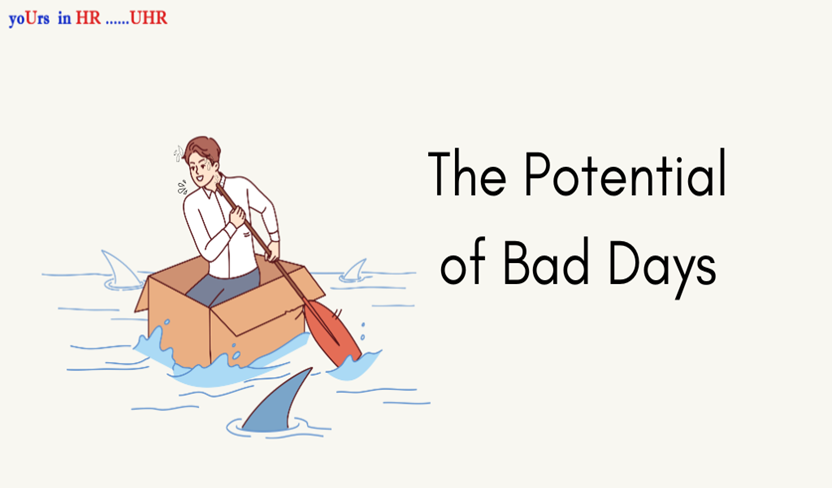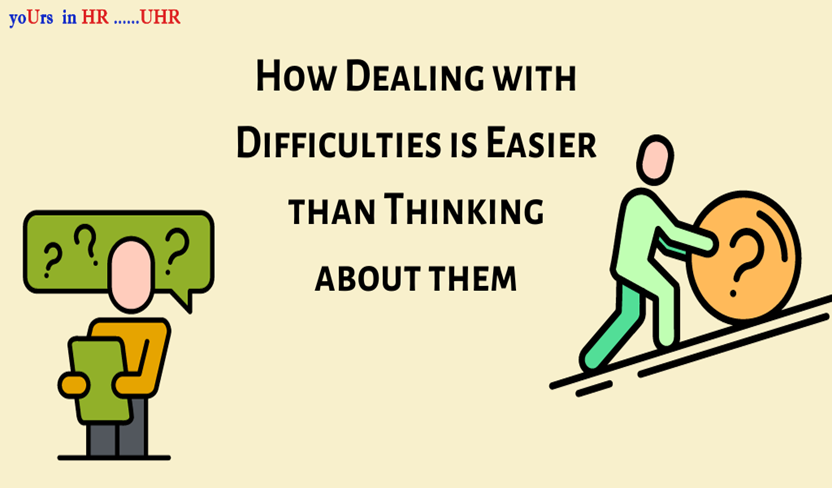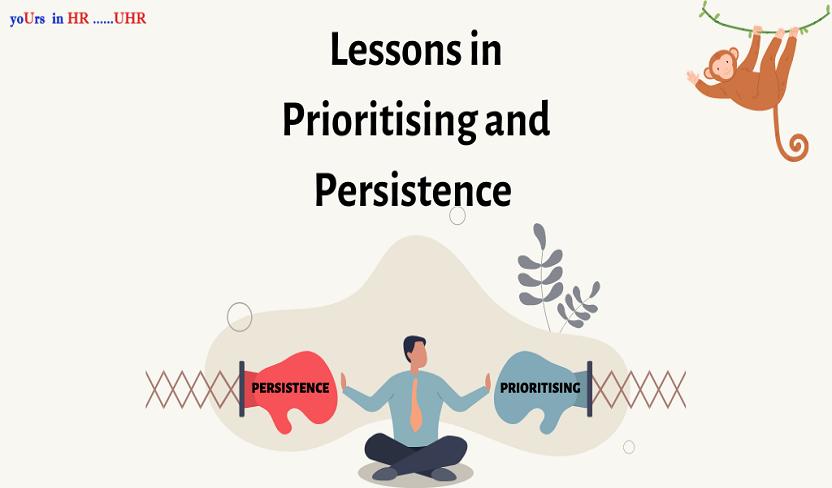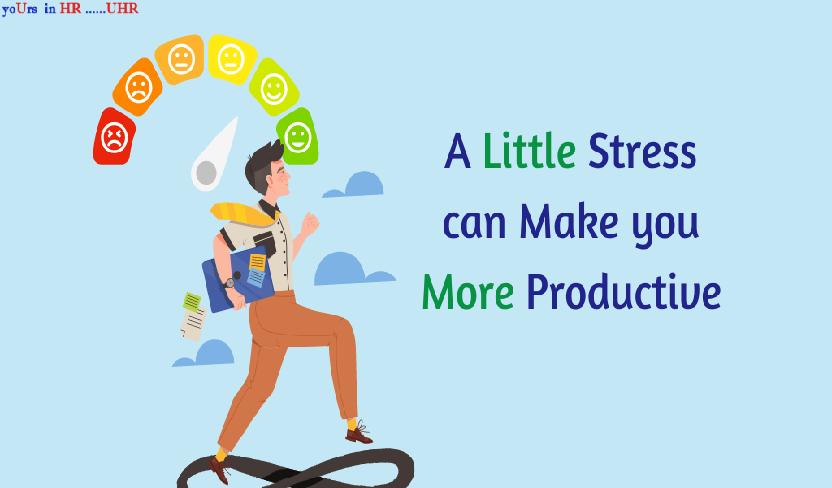
We all have bad days. Horrible days when nothing goes as planned, and every worst-case scenario seems to be happening at the same time. As lyrics to a popular song by John Mayer goes, ‘bad news never has good timing’.
While all that is true, what is also worth thinking about is the bad days are also wonderful opportunities.
Bad days have the potential to be turned into a very good day.
Opportunities? Bad to good? How?
What is so opportunistic about that sale going to the rival company? What is so good about multiple clients giving ultimatums? What is so good about all tech glitches during important presentations? What is so great about multiple crises happening on the same day?
As a blogpost by Farnam Street points out- you are only as good as your worst day.
It is very easy to be calm, collected and feel like you have made it in life when things are going well. It is only during the times of crises, big or small that you truly get to display your skills, competence and experience. It is only during one of those days when you truly learn how much you can handle, how much pressure you can take and the incredible potential you have to overcome any obstacle.
Those bad days are the days when all the skills and wisdom you have developed over the years come in handy. On smooth sailing days, we are mostly on the autopilot mode, and in a way end up doing very monotonous and ordinary work. The bad days shake things up and force us to up the game.
Take for example this article by a writer on Medium. She was in the middle of an important presentation when the projector decided to give up. Technical glitches are out of our control at times, and can bog and demoralise even the most prepared speakers. What did this person do? She had to show some charts and graphs about quarterly profits. So, while she did the talking and added some humour in the situation by simply acknowledging the bane of a technology-dependent existence, she passed on her laptop to everyone, and by the end of her ‘presentation’, everyone had a personal view of the profits ‘thanks’ to the glitch.
It was the glitch that enabled her to be resourceful, use her wit and deliver. A smooth sailing presentation would have enabled her to simply show the quarterly profits and how good she was at her job. The glitch enabled her to show how she is not only good at her job, but how she is also good at handling unpredictable situations, how resourceful she can be and how quick-thinking she is. All those soft skills that must have been listed on the resume got their live demonstration and justification, right there.
Horrible days are not only great opportunities to showcase your true full potential and find lessons for ourselves, but also times when a shared humanity is on display, leading to lessons for others as well.
Take for example someone, say, a fresher who may have been sitting in the audience of this person who handled the projector issue well. By acknowledging and overcoming the issue, the presenter not only showed her skills, but also showed that it is very human to encounter these issues, and there is nothing that can’t be figured out. This must have been an important lesson for the fresher, and the presenter must have proven to be a good role model. As we say, the best way to teach someone something is to model that behaviour ourselves.
It is also the worst days that enable us to value ourselves more. When we end up being productive on a day when we thought it would be impossible for us to be productive, we gain a new sense of self-respect anda rise in self-esteem. We realise what we are capable of.
So, the next time you realise that you are having one of those days, instead of getting bogged down in a pit of resentment and frustration, consider it as an opportunity to learn and grow. Consider it as an opportunity to explore the depths of your potential, resilience, and resourcefulness. Consider it as an opportunity to renew your self-belief. You might be pleasantly surprised.





